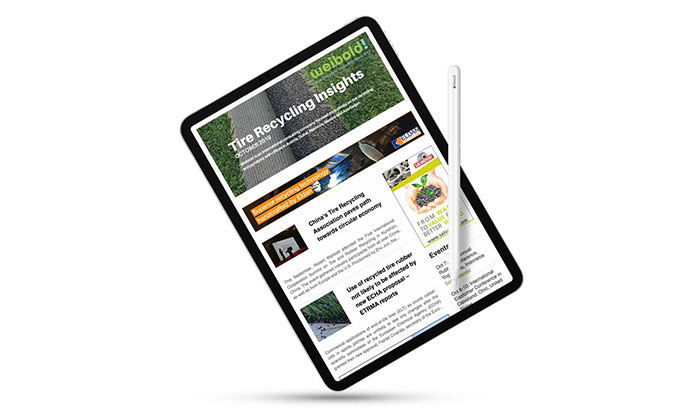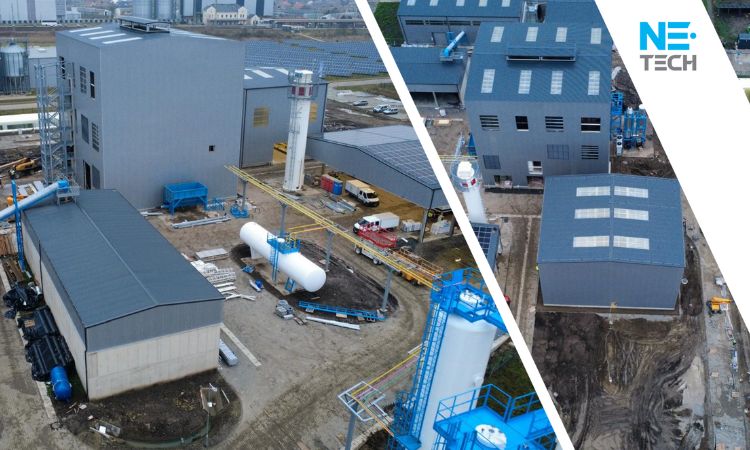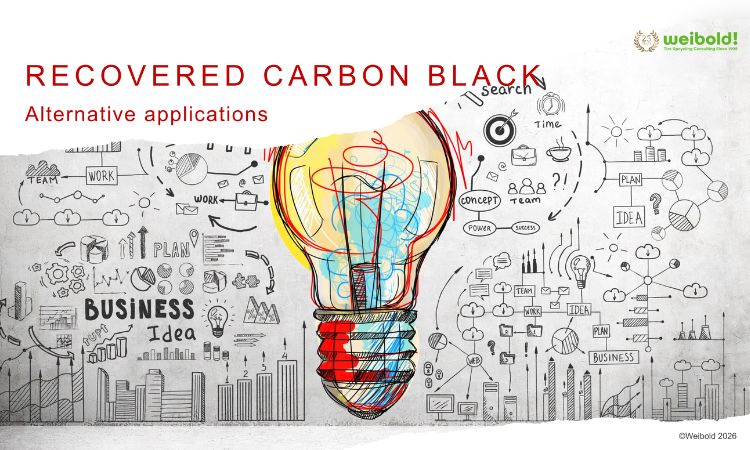Tyre Stewardship Australia creates new commercial opportunities for off-the-road tires
In Australia, there is currently a $16 million (and increasing) market for crumb, with markets for other tire-derived materials on the horizon, opening up new business opportunities for mines and the communities where they operate.
Tyre Stewardship Australia (TSA) has positioned itself as a leader in understanding these off-the-road (OTR) challenges by talking with various stakeholders in the tire value chain, from minerals councils, mining companies and manufacturers to local government, recyclers and community groups.
TSA chief executive officer Lina Goodman said the obstacles to an effective ecosystem for end-of-life (ELT) tires were in fact manageable.
“There’s no doubt that end-of-life tires pose a challenge for mines,” said Lina Goodman.
“Recovery of used mining tires is expensive and complex. A large proportion of used OTR tires are on remote mine locations, many kilometres away from recycling processing plants, most of which are in metro locations. It makes sense that most mines will choose to apply for an EPA license to bury those tires on-site.
“But we have now reached a tipping point in Australia, and it’s time to make other alternatives viable.”
The Government's national waste reduction policy and action plan, which calls for 80% of all waste streams to be recycled by 2030, is the tipping point to which Goodman refers, and mines are being urged to find solutions now.
Such goals, according to Goodman, are attainable, and TSA has positioned itself to make a big contribution to the cause.
“With funding and collaborative efforts across industries, we have seen the dial shift from a 50–90% productive recovery rate for tires from the passenger, bus and truck sector,” she said.
“We believe that we can achieve similar results in the OTR sector, including mining, agriculture, construction, manufacturing and aviation, which currently recovers less than 15%.”
TSA has already invested $7 million in the creation of new products made from end-of-life tire components. As a result, there is now a $16 million per year market for crumb products.
To improve Australia's ability to recover and process rubber waste into new products, there are 50 major research and development initiatives in varying stages of completion. Spray seal, blast protective concrete, crumb rubber roads, permeable pavement, safety barriers, and liquid fuel are among these products.
With 85,000 tonnes of OTR tires consumed each year, mining is the catalyst for change, according to Goodman:
“We believe mines can turn the tyranny of distance into an opportunity on a local level, for the communities in which they operate,” she said.
“Mining produces a critical mass of used OTR tires where we need them in regional, rural and remote areas to attract and motivate collectors, recyclers and investors.”
Communities and businesses can cooperate with their local mine operators to apply for TSA funding to innovate and discover solutions for end-of-life tires.
One of these domestic markets is the mining industry, which can benefit from products made from the tires it must discard. If this can be done on a local level, there are numerous benefits to be obtained, including economic stimulus, cost and carbon savings, and a reduction in the load placed on future generations.
TSA will put this theory to the test in 2022, with a series of experiments in the Northern Territory, Western Australia, and New South Wales that will collect data on the logistics of managing and delivering end-of-life OTR tires, as well as potential for local business investment.
Over half of tire importers in Australia have joined on to assist in the search for solutions for the mining industry and other OTR tire users.
From January 2022, Bearcat, Bridgestone Mining Solutions, Goodyear, Kal Tire, Michelin and Yokohama will voluntarily pay a levy, through the Tyre Product Stewardship Scheme, of between $7.50 and $50 on each tire sold into the Australian market.
This will be reinvested by TSA, through its Market Development Program to reduce barriers and increase opportunities in logistics, infrastructure and end markets.
“This is a smart investment in the future of their own markets,” Goodman said.
“They have chosen to move beyond the problem and become part of the solution. In doing so, they are paving the way for OTR tire users, such as mining, to leverage opportunities from Australia’s circular tire economy and reduce the burden of buried waste on future generations.”
Original article by Australian Mining.
Weibold is an international consulting company specializing exclusively in end-of-life tire recycling and pyrolysis. Since 1999, we have helped companies grow and build profitable businesses.









